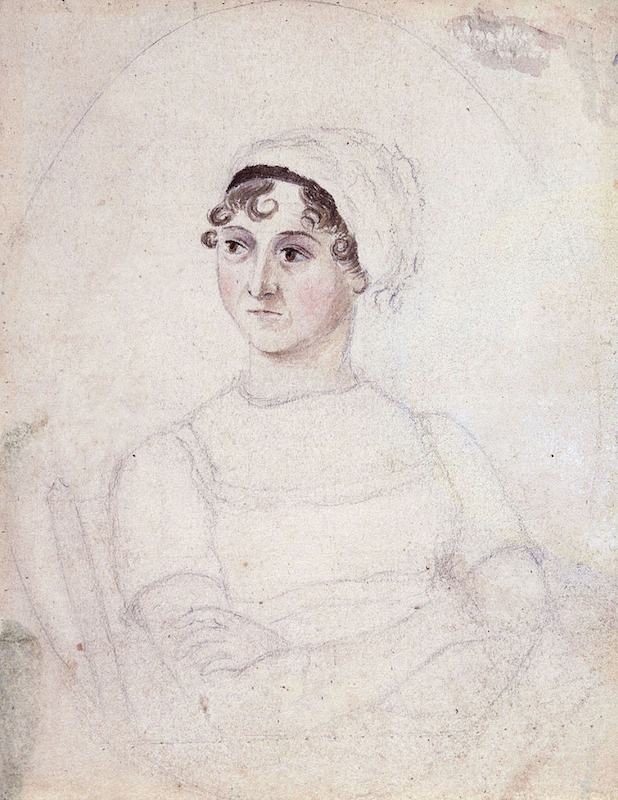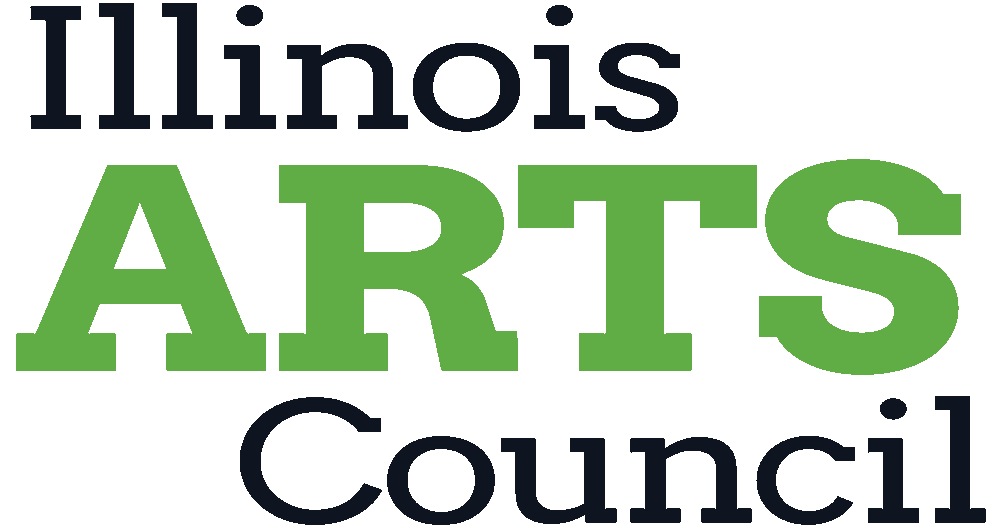Music in Jane Austen’s World

“Without music, life would be a blank to me.” So wrote Jane Austen in her 1815 novel, Emma. While this quote comes from Mrs. Elton—whose musical posturing in this scene indicates her lack of good breeding and manners—it probably held a ring of truth for the author.
Music is a recurring character throughout Austen’s books. Many of her heroines are accomplished musicians, with numerous scenes taking place around a pianoforte. In celebration of Austen’s 250th birthday on December 16, we’re exploring Austen’s relationship with music and how it influenced her writing.
As fans of Pride & Prejudice will know, a woman can only be considered “accomplished”—and therefore marriageable—if she has a “thorough knowledge of music, singing, drawing, dancing and modern languages.” Although Austen was middle-class and not of the landed gentry to whom these requirements applied, she was a proficient keyboard player and lover of music.
At 20 years old, she began music lessons with the organist at Winchester Cathedral. She would practice every morning before the rest of the household got up. She played and sang for her own personal enjoyment, only performing at home for her family and never in public. As a writer, she was most prolific when she had a keyboard to play, her daily practice undoubtedly helping to get her creative juices flowing.

Pencil/watercolor portrait of Jane Austen by her sister, Cassandra, c. 1810.
Austen and her family had an extensive collection of sheet music. Eighteen volumes have survived, including two albums that Austen meticulously copied herself. Given the expense of printed music, it was common to borrow music from friends and copy it out by hand, which also helped in learning it. In her music collection, there are about 160 pieces in Austen’s own hand. These were likely the most meaningful pieces to her, as these copies took significant time to make.
In 2017, Austen’s music collection was catalogued and digitized by the University of Southampton. The collection, which is free for anyone to peruse, contains nearly 600 pieces, mostly songs for voice and keyboard or voice and harp. One keyboard volume bears the title “Juvenile Songs and Lessons for Young Beginners” (to which Austen appended “who don’t know enough to practice,” demonstrating her characteristic dry wit). It contains keyboard reductions of orchestral music, such as the Overture from Mozart’s Le nozze di Figaro, alongside Scottish and Irish airs.
Aside from Mozart, other composers in her collection include Haydn, Handel, Clementi, Gluck, and Pleyel—a particular favorite of Austen’s. Ignaz Pleyel (1757–1831) was a student of Haydn who escaped France during the French Revolution and settled in London. Alongside his 42 symphonies, 70 string quartets, and several operas, he created a large output of solo piano music, which was given to purchasers of new pianos in Austen’s time.
The invention of the square piano in the late 1700s spurred a boom in domestic music-making, as these pianos were smaller and more affordable than the expensive Broadwood pianos that emerged around the same time (the piano Frank Churchill gives Jane Fairfax in Emma). Although Austen’s instrument has not survived, she discussed purchasing a square piano in 1808, budgeting about $2,750 in today’s money for it. She wrote to her sister Cassandra, “Yes, yes, we will have a Pianoforte, as good a one as can be got for 30 Guineas—& I will practise country dances, that we may have some amusement for our nephews & nieces, when we have the pleasure of their company.”

English square piano c. 1810. Yale University Collection of Musical Instruments.
In addition to playing music at home, Austen would have heard live music at the theater, ballet, opera, dances, and concerts. She attended performances in the Upper Assembly Rooms in Bath (which make a cameo in Persuasion) and attended operas at Covent Garden while visiting her brother in London. In recounting the performances she attended, she is often cutting in her assessments, indicating a high level of musical discernment.
Given this insight into the role music played in Austen’s life, how does music manifest in her writing? For someone who valued music so highly, she is rather light on the specifics of the music in her novels, only naming one piece by name (the Irish folksong “Robin Adair,” which Jane Fairfax plays in Emma). That said, music serves multiple functions in Austen’s novels. The dual nature of how music was perceived at the time—not proper enough to pursue as a profession but still a requirement for wealthy young women to become proficient at—means the moments in which her characters do perform, particularly in front of men, are often charged with erotic tension.
In addition to singing, the harp and the piano were considered “acceptable” musical pursuits for upper-class young ladies, as they put the player in a flattering position to be regarded by potential suitors. As the narrator in Mansfield Park remarks, “A young woman, pretty, lively, with a harp as elegant as [Mary Crawford] . . . was enough to catch any man’s heart.” Playing the piano or harp was a seductive activity that allowed a woman to remain within the realm of gentility. Plus, the fashion for piano duets meant a man could sit dangerously close to her on the piano bench.
While Austen enjoyed playing the piano herself, her enjoyment of making music for its own sake sets her apart from many of her characters. For instance, in Pride & Prejudice, Elizabeth Bennet is a decent player who delights audiences with her “easy and unaffected” style. However, she sees it as more of a begrudging social obligation—albeit one that positions her to wed a gentleman like Mr. Darcy, despite her lower social station.
Pianistic ability alone is not a guarantee of romantic success; it must be paired with good graces. Lizzie’s sister Mary is much more eager to display her talents to compensate for her being “the only plain one in the family.” Austen incisively writes, “Mary had neither genius nor taste; and though vanity had given her application, it had given her likewise a pedantic air and conceited manner, which would have injured a higher degree of excellence than she had reached.” Consequently, Mary is hindering her social advancement and, by proxy, the advancement of her sisters.
These are just two examples of how Austen uses musical performance to reveal aspects of a character’s personality or their place in society. Even one’s inability to play an instrument says a great deal about them, as is the case with Lady Catherine de Bourgh, who haughtily proclaims in Pride & Prejudice, “There are few people in England, I suppose, who have more true enjoyment of music than myself, or a better natural taste. If I had ever learnt, I should have been a great proficient.” To Austen, a genuine lover of music who could not always afford an instrument, this attitude would have been a great affront.
Given Austen’s rich musical life, it is no surprise that music runs throughout the background of her novels. If you pay attention to it, it can reveal a lot about her characters and the society in which they are operating.
Check out the Jane Austen-related content on PBS Passport:
Miss Austen - Miss Austen, based on Gill Hornby’s acclaimed novel, takes a real-life literary mystery—Cassandra Austen (Keeley Hawes) burning her sister Jane’s letters—and reimagines it as a fascinating, heartbreaking story of love, sacrifice, and loss.
Death Comes to Pemberley - Six years after Elizabeth Bennet and Mr. Darcy have wed, a coach races up to their Pemberley estate with a hysterical Lydia Bennet shrieking, “Murder!” So continues Jane Austen’s timeless story, Pride & Prejudice, in this star-studded adaptation of crime-writer P. D. James’ bestselling whodunit.
Northanger Abbey – In Jane Austen’s gentle parody of gothic fiction, Felicity Jones plays romance addict Catherine Morland. Invited to a medieval country house that appeals to her most lurid fantasies, she forms a close friendship with the younger son on the estate, Henry Tilley, played by JJ Field, but their budding romance is mysteriously cut short.
Sanditon – Sanditon, based on Jane Austen’s final and unfinished novel, tells the story of Charlotte Heywood (Rose Williams), a spirited and somewhat impulsive young woman who travels from her rural English home to an up-and-coming seaside resort town to reinvent herself. (Also, check out the behind-the-scenes documentary, Sanditon Revisited.)



